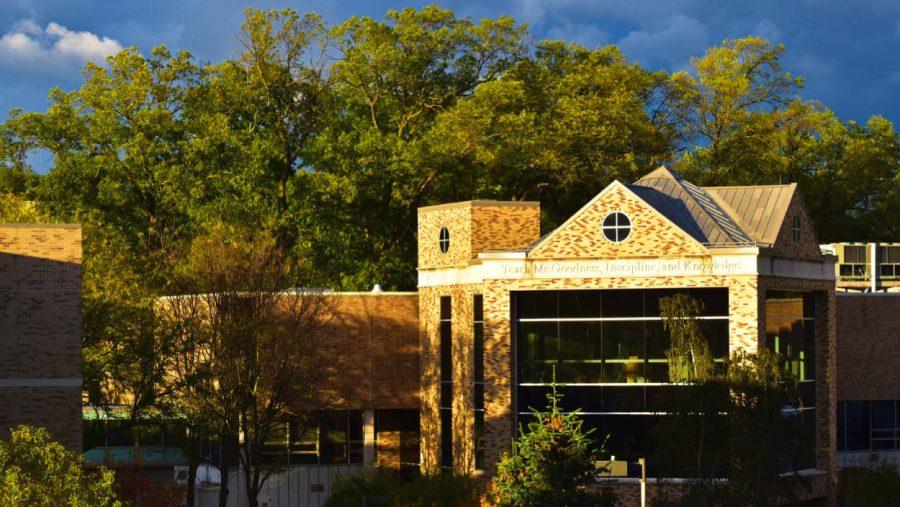St. John Fisher’s School of Arts and Sciences currently houses over 20 undergraduate disciplines, housing a diverse offering of majors such as psychology, biology, economics, sport management, English and more. However, the university plans to restructure the school from more than 20 departments to six broader divisions, pushing all existing majors into even broader subject area umbrellas.
With an anticipated start date of fall 2024, the School of Arts and Sciences is expecting a total department reorganization. The project will essentially strip each department of its current label, combining them under one of six possible new titles: Social Sciences, Behavioral Sciences, Life Sciences, Natural and Mathematical Sciences, Humanities, Literature and Communications and the Arts. With the switch to larger departments comes new department chairs who will now oversee a much broader assortment of majors and minors.
Provost Kevin Railey explained the move towards larger department divisions as a structural way to address the current divisions, in which department sizes vary dramatically. “In Arts and Sciences, if you have 14 or 15 departments that are very, very different in sizes, when those chairs get together and talk about ‘what does the school want’, they’re representing very different numbers of voices,” Railey said. “Each chair needs to be representing a similar number of voices as they come together.”
The key outcome of the initiative appears to be cultivating communities of faculty and further developing communication and relationships among those with similar subject area interests. “This is a way to use a structural proposal to accomplish other kinds of goals: developing intellectual communities, getting faculty to work together in a broader way and, over time, being able to support the leadership to make those things happen.”
For students, this connection may propose new opportunities for collaboration outside of a specific subject area. “I do think, my hope, is that there’ll be more opportunities for faculty to think about ‘well, what could we do to make the student experience better?’” This sort of collaboration might lead to what Railey describes as a “cross pollination” of ideas and course offerings, creating more options for cross-discipline collaboration for students. The overall initiative aims to promise added support for faculty members, and in doing so, may offer students an opportunity for multi-discipline enrichment.





















